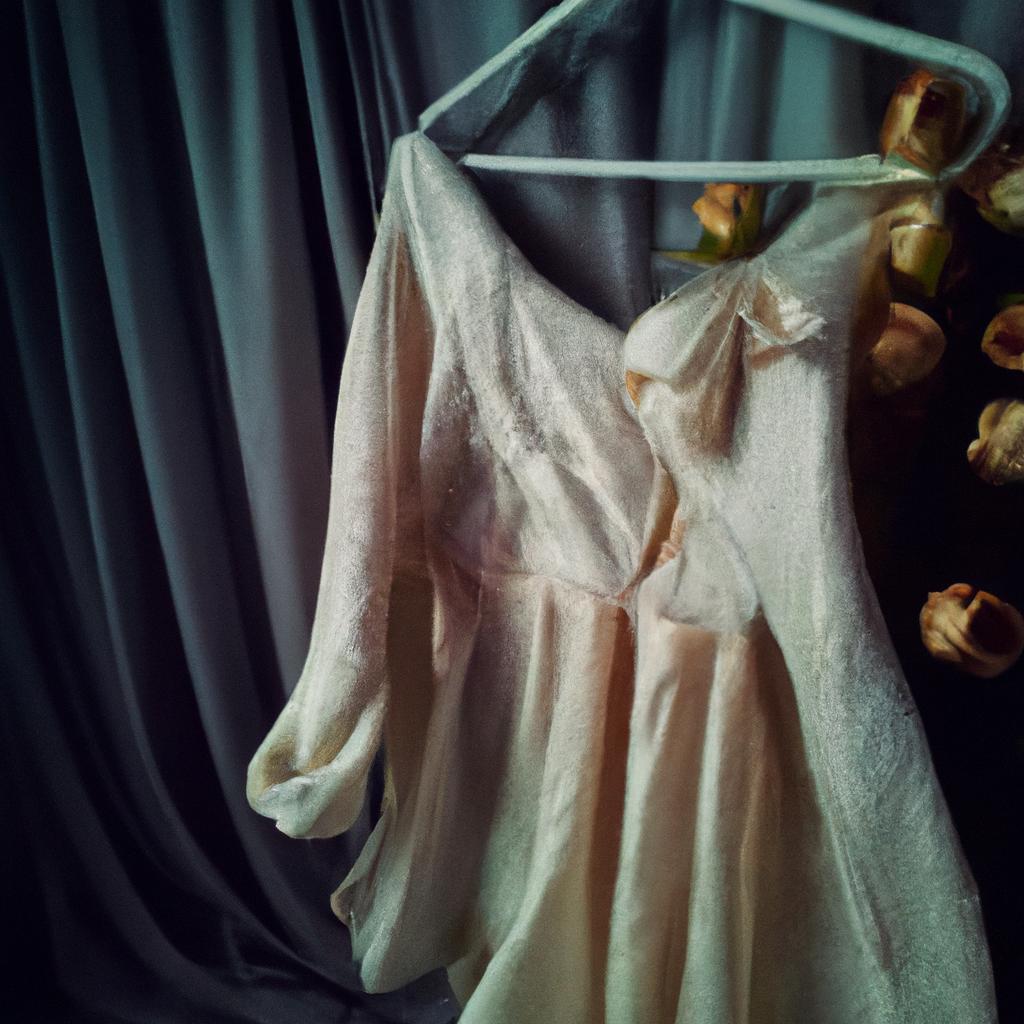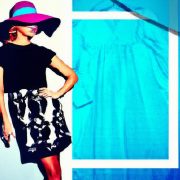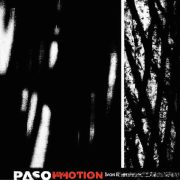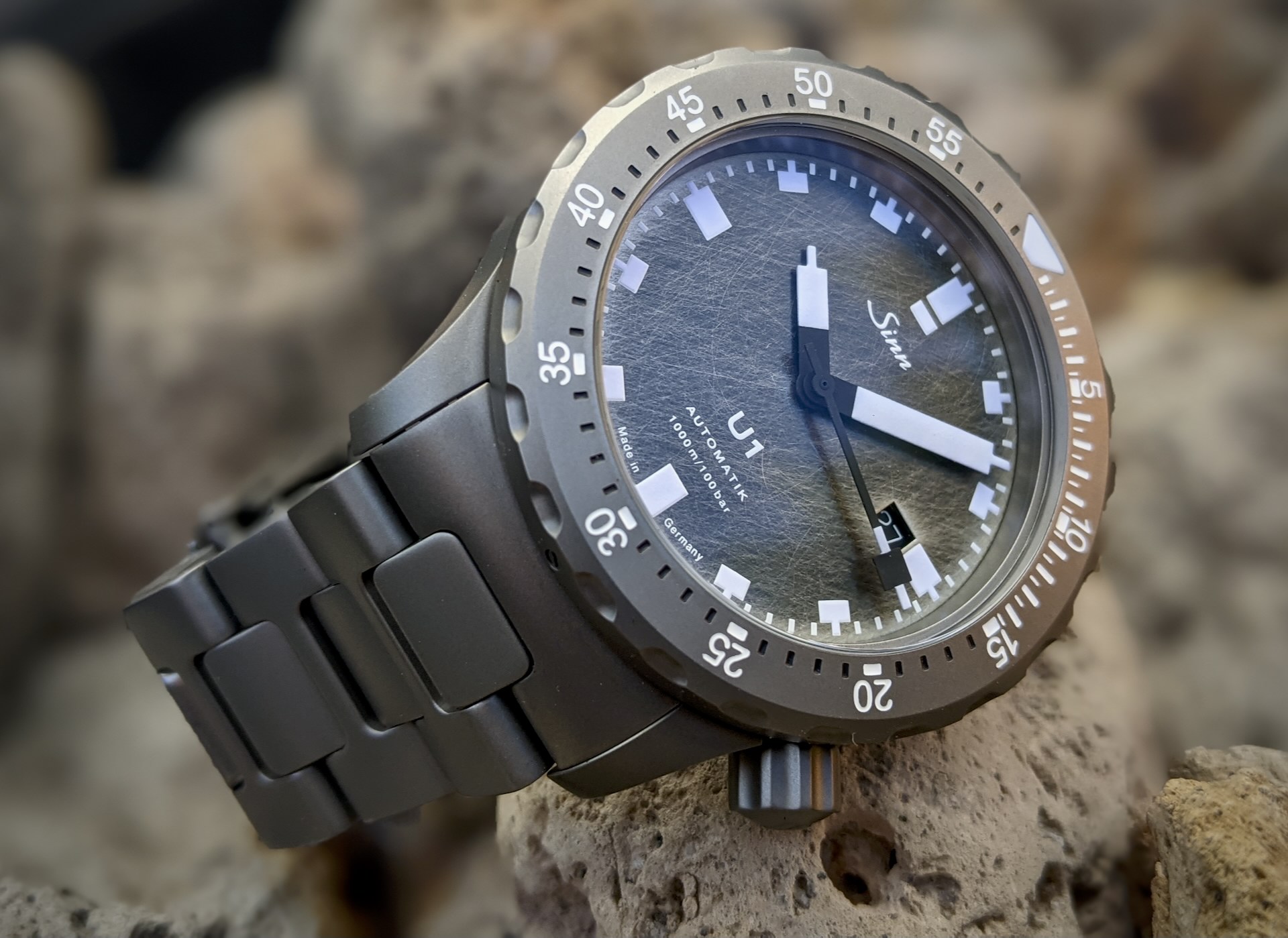In a world where trends come and go with the blink of an eye, the intricate tapestry of fashion tells a story that is both timeless and ever-evolving. ”Unraveling the Threads” invites you to embark on an enlightening journey through the annals of fashion history, guided by a passionate expert who views clothing not merely as fabric but as a profound expression of human culture and identity. From the opulent garments of ancient civilizations to the avant-garde designs that challenge societal norms today, this deep dive explores the myriad influences that have shaped our sartorial choices. Join us as we peel back the layers of fabric and time, revealing the rich narratives that intertwine style, art, and culture in ways that continue to resonate with us all.
Exploring the Evolution of Fashion Through the Ages
The journey through fashion history reveals a rich tapestry woven with cultural influences, societal changes, and artistic expressions. Each era has contributed its unique aesthetic, from the elaborate gowns of the Victorian age to the bold minimalism of the 21st century. **Fashion not only serves as a means of self-expression but also reflects the social norms, economic conditions, and technological advancements of its time**. For instance, the Industrial Revolution marked a pivotal moment, introducing mass production and democratizing fashion, allowing a broader segment of society to access stylish clothing that was once reserved for the affluent. This era set the stage for the rise of ready-to-wear garments, ushering in a new age of practical yet fashionable attire.
As we explore the evolution of various styles, we discover noteworthy movements and innovations that have shaped the industry. The Roaring Twenties introduced flapper dresses, signifying women’s liberation and a departure from restrictive clothing, while the countercultural movements of the 1960s challenged conventional aesthetics, embracing bold prints and eclectic combinations. Among these transformative periods, some key influences include:
- Art Movements: Impacted fashion with bold colors and artistic prints.
- Technological Advances: Revolutionized textile production and design aesthetics.
- Cultural Shifts: Motivated designers to reflect changing societal values in their creations.
| Era | Key Fashion Trends | Social Influence |
|---|---|---|
| Victorian | Layered skirts, corsets | Gender roles and modesty |
| 1920s | Flapper dresses, cloche hats | Women’s liberation |
| 1960s | Mini skirts, psychedelic prints | Counterculture movements |
The analysis of historical fashion underscores the dynamic relationship between clothing, culture, and identity. By understanding these connections, we not only appreciate the beauty of fashion but also recognize its power as a cultural artifact that narrates the story of humanity’s evolving identity throughout the ages.

Cultural Influences That Shaped Iconic Styles
Throughout history, fashion has served not only as a means of self-expression but also as a mirror reflecting the cultures and eras from which it originates. The evolution of style is deeply intertwined with social movements, political climates, and technological advancements. ***Art Deco***, for instance, emerged during the roaring twenties, symbolizing extravagance and modernity in the wake of World War I. The bold use of geometric patterns and luxurious materials highlighted a societal shift towards prosperity and individualism. Similarly, the ***Victorian era*** showcased a strict moral code, emphasizing modesty through extensive layering and intricate detailing, shaped profoundly by the Industrial Revolution’s impact on fabric production and garment construction.
Furthermore, fashion often responds to cultural dialogues and narratives, leading to distinct categorizations of style. Consider the impact of ***punk culture*** in the 1970s, which defied the norms through shredded clothing, edgy accessories, and unconventional hairstyles, expressing rebellion against societal expectations. This was further mirrored by the ***bohemian style***, which emphasized a free-spirited lifestyle, often associated with the arts and counter-culture movements. Key influences include:
- Historical events: Such as wars, industrialization, and social upheaval.
- Cultural movements: Reflecting ideologies like feminism and civil rights.
- Iconic figures: Starlets, designers, and artists who became fashion standards.
| Style | Era | Cultural Influence |
|---|---|---|
| Flapper | 1920s | Women’s liberation post-WWI |
| Hippie | 1960s | Counterculture movement |
| Grunge | 1990s | Rebellion against glam culture |

Preserving Fashion Heritage: A Guide to Sustainable Practices
Fashion is not merely about the clothes we wear; it encapsulates cultural narratives and historical milestones. As we navigate the complexities of modern fashion, the importance of sustainability becomes paramount. **Embracing sustainable practices not only honors traditions but also safeguards future generations**. Shoppers and creators alike can make small yet impactful choices. Consider opting for brands that prioritize ethical sourcing, or engage in practices such as:
- Upcycling: Transforming old garments into something new and unique.
- Support Local Artisans: Purchasing handmade items that reflect cultural heritage.
- Mindful Consumption: Investing in high-quality pieces that promise longevity over fleeting trends.
In the conversation about sustainability, it is essential to also look at how the fashion industry as a whole can reduce its ecological footprint. Exploring innovations in materials and production methods shines a light on opportunities for positive change. A notable example is the rise of biodegradable fabrics pioneering a cleaner approach. Here’s a table that highlights some of **the most forward-thinking sustainable materials** currently making waves in the industry:
| Material | Key Features |
|---|---|
| Organic Cotton | Grown without synthetic pesticides, promoting biodiversity. |
| Tencel | Made from sustainable wood sources, biodegradable and low impact. |
| Recycled Polyester | Manufactured from post-consumer plastic bottles, reducing waste. |
Wrapping Up
As we conclude our exploration into the intricate tapestry of fashion history and culture, the insights shared by our passionate expert illuminate not just the garments we wear, but the stories they tell. Each thread, each stitch, is woven with the essence of time, reflecting societal shifts, artistic movements, and personal identities. This journey through the ages prompts us to appreciate fashion as more than mere aesthetics; it is a powerful narrative that connects us to our past while shaping our future.
As you step away from this deep dive, consider how your own choices in style might echo the sentiments of those before you, revealing a continuity that binds us across generations. Fashion, in all its forms, invites us to express, question, and redefine ourselves within the framework of culture. So, whether you’re an avid collector, a trend enthusiast, or simply curious, remember that every outfit has a story worth unraveling—one that is uniquely yours to tell.




















Comments